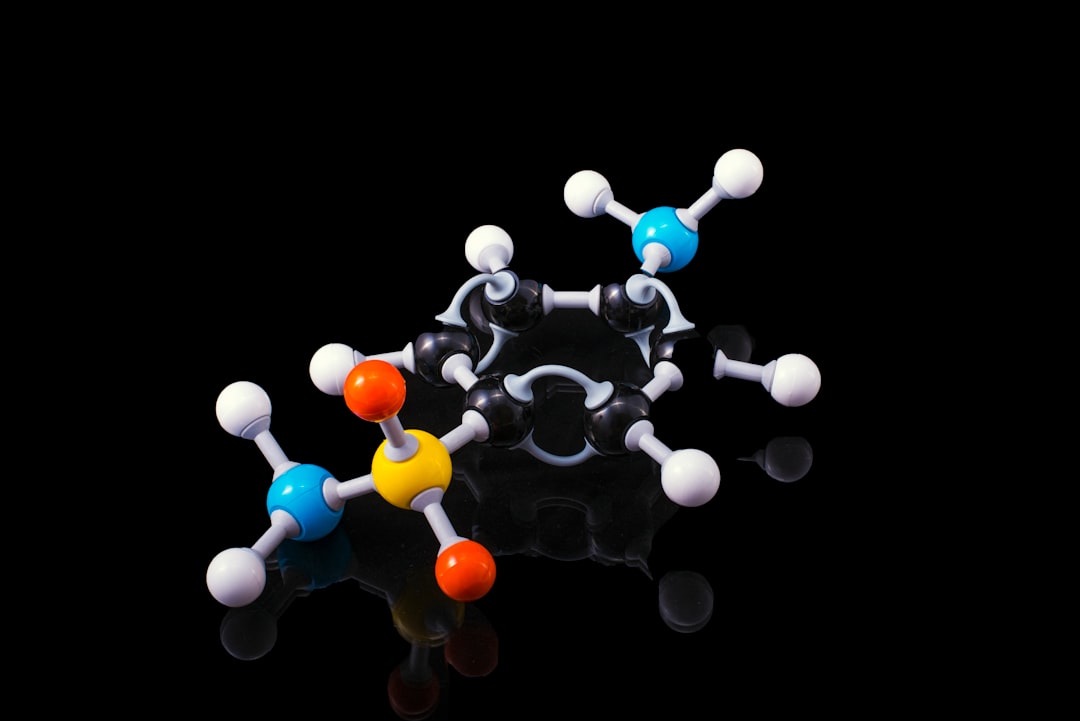What is it about?
How do the forces that are generated when you rub your hands together under water dislodge particles of dirt or bacteria and viruses? Some mathematical modelling of fluid flow reveals the processes responsible, and explains why it requires more than a quick splash under the tap.
Featured Image

Photo by Mélissa Jeanty on Unsplash
Why is it important?
Although people have been washing their hands for millennia, and it's been recognised as important in medical practice since at least the mid 19th century, remarkably, it seems that hand washing has not been studied from a fluid mechanics perspective before. This paper is a first attempt at making such an analysis.
Perspectives
When the pandemic struck I was recovering at home after a major operation. I wanted to help out somehow, but wasn't able to venture out. That's when I saw the Mittal et al. "Flow physics of covid 19" article, which said that the flow aspects of hand washing had not been studied. I took this as a challenge, and figured out some maths that sheds a bit of light on how hand washing works. For covid the focus is now mostly on aerosol transmission, but hand hygiene is still important so I hope someone will find this work interesting and maybe even useful.
Paul Hammond
Hammond Consulting Limited
Read the Original
This page is a summary of: Will we ever wash our hands of lubrication theory?, Physics of Fluids, August 2021, American Institute of Physics,
DOI: 10.1063/5.0060307.
You can read the full text:
Contributors
The following have contributed to this page










